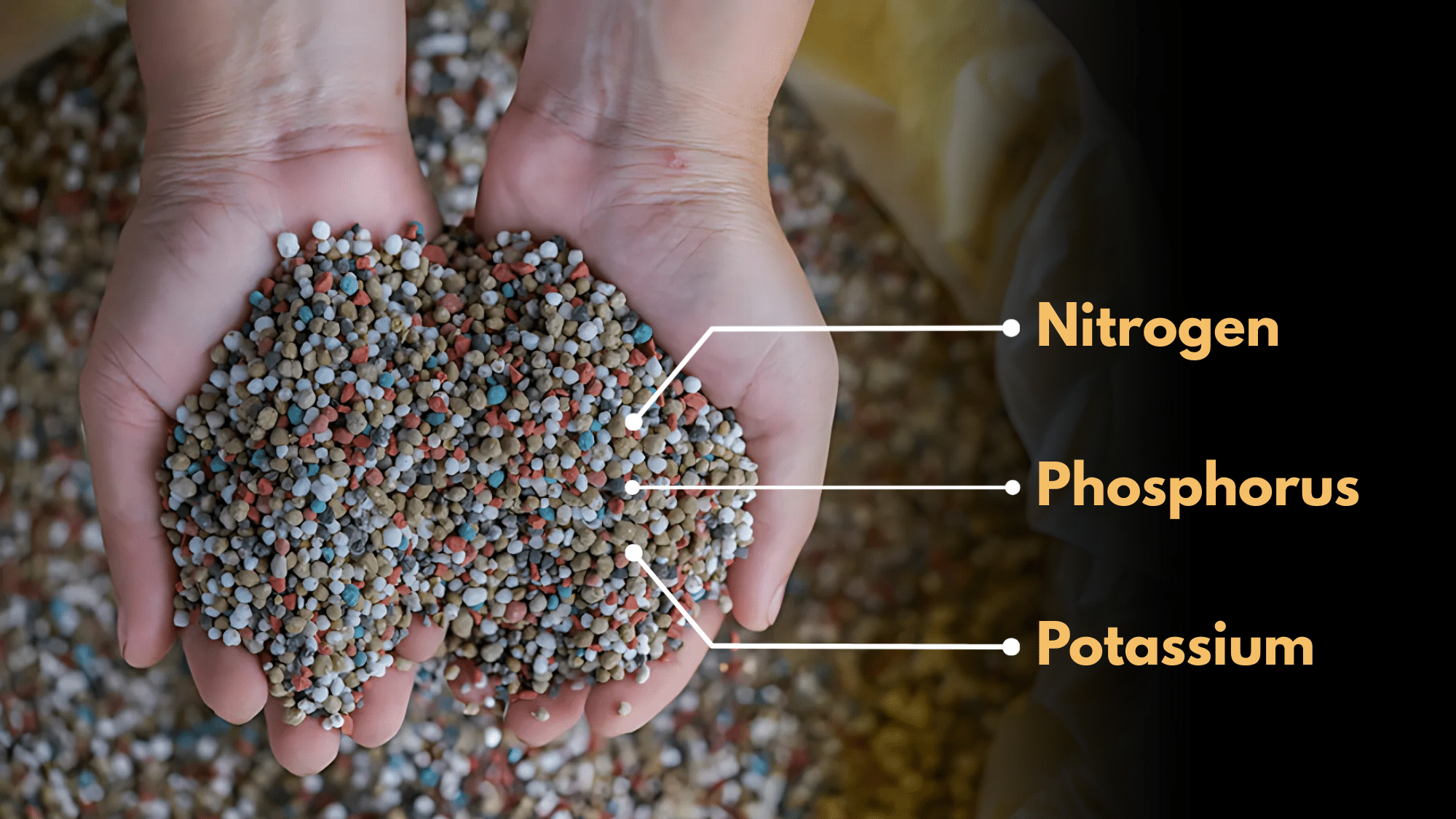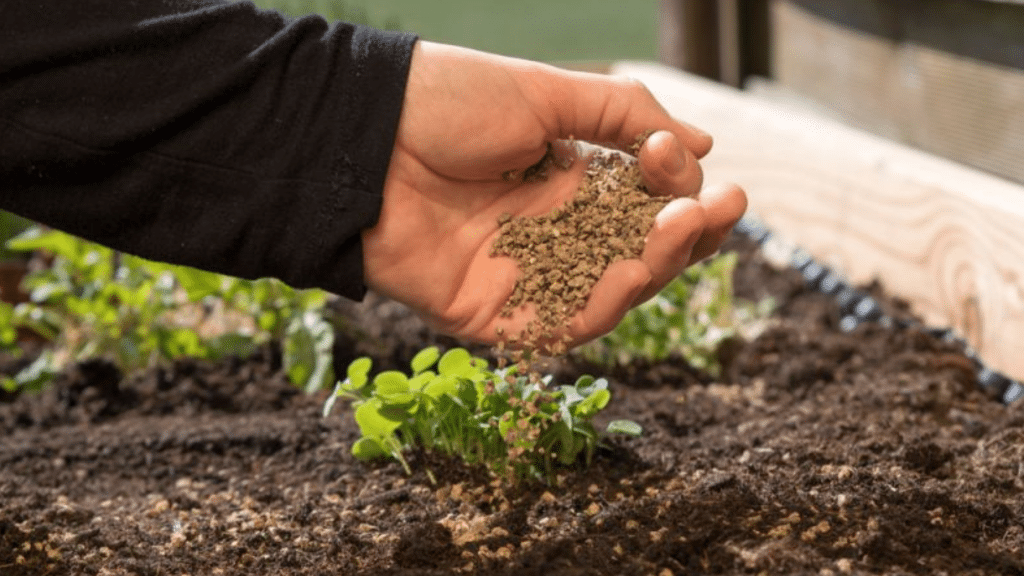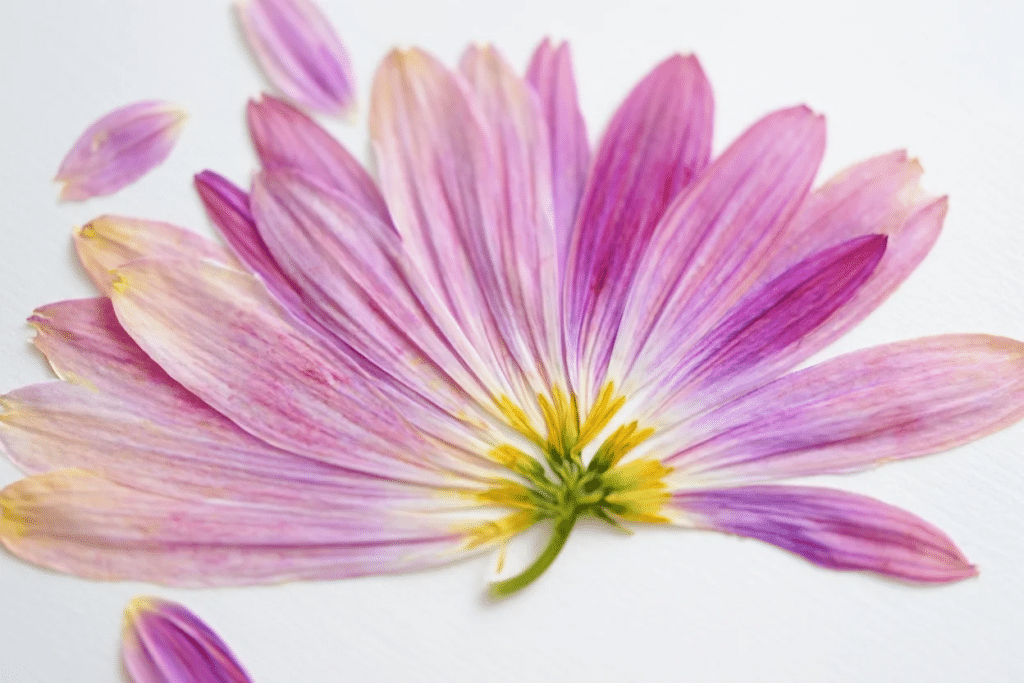Ever stared at those three mysterious numbers on a fertilizer bag and wondered what they actually mean?
That 10-10-10 on the label isn’t some secret gardening code, it’s telling you exactly what nutrients you’re feeding your plants.
This can be incredibly useful when you know how to use it right. It’s not perfect for every situation while many people consider it among the best fertilizers for hostas and other leafy perennials, timing and application matter more than most realize.
Let’s cut through the confusion and myths so you can decide if this fertilizer deserves a spot in your gardening toolkit or not.
What is 10-10-10 Fertilizer?
Those three numbers tell a simple story: 10% nitrogen, 10% phosphorus, and 10% potassium. The rest is filler material that helps distribute these nutrients evenly.
This equal split makes 10-10-10 what we call a “balanced, all-purpose fertilizer.” Think of it as the multivitamin of plant food, it covers all the basic nutritional needs without favoring any particular nutrient.
10-10-10 fertilizer comes in two forms:
- Granular 10-10-10: It releases nutrients slowly as soil breaks it down, making it ideal for long-term feeding. Simply sprinkle around plants and water in perfect for a “set it and forget it” approach.
- Liquid 10-10-10: It works faster since plants absorb nutrients immediately. You’ll need to reapply more frequently, but it’s perfect for quick fixes and mixes easily with other treatments.
How 10-10-10 Fertilizer Works?

Each nutrient has a specific job.
- Nitrogen fuels leaf and stem growth, that’s what makes your plants green and bushy.
- Phosphorus handles the underground work, promoting strong roots while also encouraging flowers and fruit development.
- Potassium acts like the plant’s immune system, boosting overall health and helping plants handle stress like drought or temperature swings.
Best Uses and Application Guidelines
This balanced fertilizer is surprisingly versatile and can handle most of your garden’s basic feeding needs.
Common Uses:
10-10-10 works well for lawns, vegetable gardens, flower beds, shrubs, and fruit trees – basically any plant that needs balanced nutrition.
It’s also a favorite for leafy perennials, especially hostas, since steady feeding helps keep hostas looking good all summer when applied with proper timing and moderation.
Application Tips:
- Test soil first and prepare by removing weeds
- Calibrate your spreader according to package directions
- Always water thoroughly after applying granules
- For lawns: apply in early spring and fall for best results
- Vegetables: feed at planting and mid-season
Pro Tip: Stick to recommended rates and water in thoroughly to avoid damage. Keep pets away until the fertilizer is absorbed.
Common Myths
Let’s bust some popular misconceptions that keep circulating in gardening circles.
| Myth | Reality |
|---|---|
| 10-10-10 is perfect for everything, everywhere. | Not quite. While convenient, it’s not always what your soil needs. Some plants crave more nitrogen, while others require extra phosphorus. |
| Use it every season without testing soil. | Big mistake. Your soil might already be loaded with phosphorus but lacking nitrogen. Adding more balanced fertilizer could create imbalances. |
| It’s the universal solution. | Recent soil science shows that “one-size-fits-all” NPK ratios often miss the mark. Soil testing reveals what your garden actually needs – sometimes 20-5-10, other times 5-10-5. |
10-10-10 is a solid starting point for beginners, but smart gardeners eventually graduate to soil-specific feeding based on actual testing results.
Risks and Environmental Impact
Like any fertilizer, 10-10-10 isn’t without its downsides when used improperly or excessively.
In fact, the same care you’d take when learning when not to use Miracle-Gro and how to apply safely, since overdoing it can harm plants and even the environment.
- Over-fertilization burns: Too much 10-10-10 can literally burn plant roots and leaves, causing brown spots and stunted growth
- Water contamination: Excess nutrients wash into groundwater and nearby streams, contributing to algae blooms and fish kills
- Soil imbalance: Regular use without testing can create nutrient lockout, where plants can’t absorb what they actually need
- Beneficial microbe disruption: Synthetic fertilizers can reduce helpful soil bacteria and fungi over time
- Salt buildup: Repeated applications increase soil salinity, making it harder for plants to take up water
- Runoff pollution: Rain carries unused fertilizer into storm drains and waterways, harming aquatic ecosystems
Final Takeaway
10-10-10 isn’t a cure-all, but it’s a reliable starter fertilizer if you use it the right way. It works best when you pair it with a soil test and apply it at the right time, not from the numbers on the bag alone.
The real takeaway? Stop guessing what your plants need. A simple soil test will tell you more about your garden’s nutritional needs than any fertilizer bag ever could.
Smart gardening isn’t about finding the “perfect” fertilizer, it’s about understanding what you’re working with.
The difference between struggling plants and thriving ones often comes down to feeding them what they actually need, not what we think they need.













